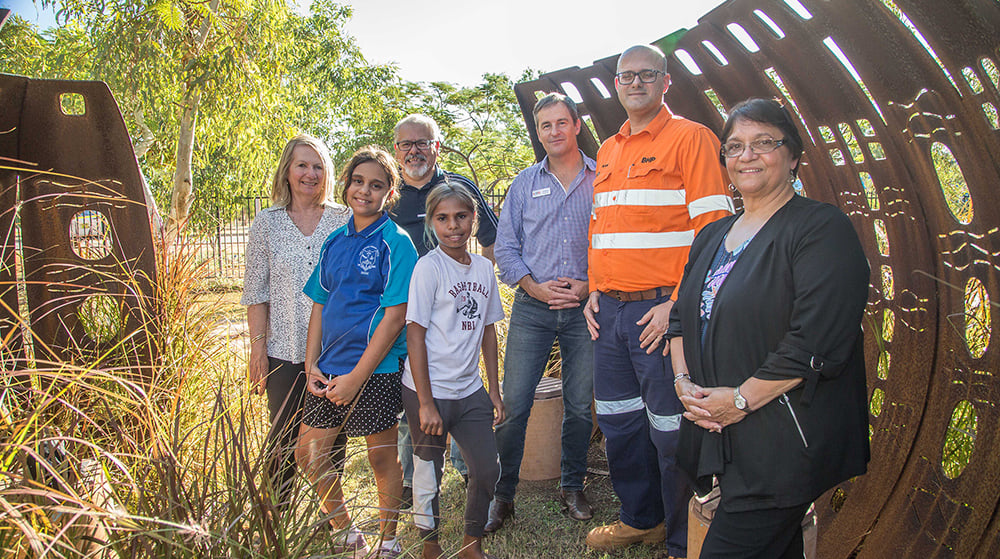Search
Showing results for "autism"
Research
Haptic Exploratory Procedures of Children and Youth with and without Cerebral PalsyChildren with cerebral palsy performed similar haptic exploratory procedures as their typical development peers
Research
Patient-advocate-led global coalition adapting fit-for-purpose outcomes measures to assure meaningful inclusion of DEEs in clinical trialsExisting clinical tools that measure non-seizure outcomes lack the range and granularity needed to capture skills in developmental and epileptic encephalopathy (DEE)-affected individuals who also fall in the severe to profound range of intellectual disability. This effectively excludes those with severe impairments from clinical trials, impeding the ability of sponsors to evaluate disease-modifying therapies.
Research
A Comparison of Inertial Measurement Units and Overnight Videography to Assess Sleep BiomechanicsThe assessment of sleep biomechanics (comprising movement and position during sleep) is of interest in a wide variety of clinical and research settings. However, there is no standard method by which sleep biomechanics are measured. This study aimed to (1) compare the intra- and inter-rater reliability of the current clinical standard, manually coded overnight videography, and (2) compare sleep position recorded using overnight videography to sleep position recorded using the XSENS DOT wearable sensor platform.
Research
Maternal emotion regulation and early childhood irritability: The mediating role of child directed emotion regulation strategiesParental assistance with children's emotion regulation (ER) is a form of emotion socialization behavior that has recently been operationalized with the development of the Parent Assistance with Child Emotion Regulation (PACER) questionnaire.
Research
Strengths and challenging behaviors in children and adolescents with Prader-Willi syndrome: Two sides to the coinPrader-Willi Syndrome (PWS) is a rare genetic disorder associated with emotional/behavioral disturbances. These difficulties are well documented in the literature, but the positive attributes of these individuals are not described.
Research
"The problem with running"-Comparing the propulsion strategy of children with Developmental Coordination Disorder and typically developing childrenChildren with Developmental Coordination Disorder (DCD) often have difficulties running.

News & Events
Five-year Hedland FASD Project wraps upA five-year, $5 million research program funded by BHP and aimed at reducing the prevalence and impact of FASD in the Pilbara officially wrapped in South Hedland last night.
News & Events
Rett syndrome research reveals high fracture riskGirls and young women with Rett syndrome are nearly four times more likely to suffer a fracture.
Research
Parent Child Assistance Program - A Pilot Study in PerthMartyn Amy Symons Finlay-Jones B.A. (Hons) PhD. BPsych(Hons), MPsych(Clinical), MHealthEcon, PhD (Clin Psych) Honorary Research Associate Head, Early
Research
Evaluation of Children's Centres in South AustraliaYasmin Harman-Smith BA, BHlthSc(Hons), PhD Head, Early Years Systems Evidence; Head, Tenders Support Unit Yasmin.harman-smith@thekids.org.au Head,
